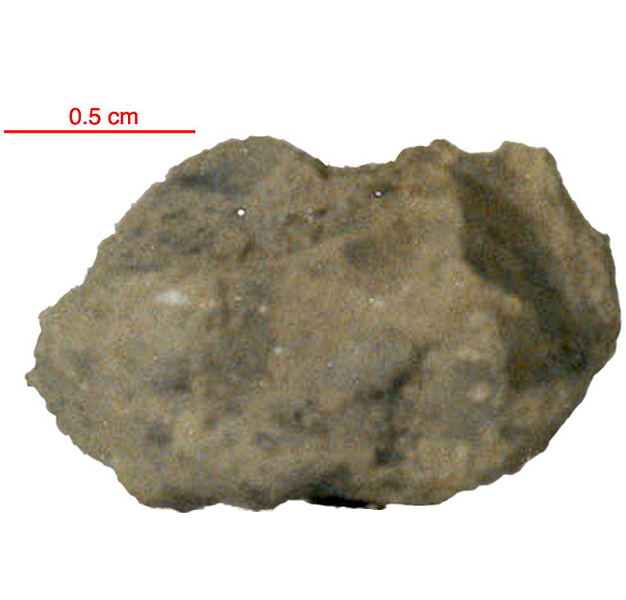
Fact sheet
15308 is a 1 cm particle sieved from soil sample 15301. It is a clast-rich impact melt rock with high content of trace elements. It had been described as a “cataclastic annealed rock with either a poikilitic or granulitc texture”. The groundmass is fine-grained feathery, or variolitic with skeletal mafic grains and lathy plagioclase feldspar. Much of the groundmass is glassy. The large opaque mineral-rich area in our thin section is a clast of highly shocked anorthosite (see rotation 2). Rotation 1 focuses on an area of devitrified variolitic glass. Look closely at the large opaque mineral grain in reflected light. It mainly consists of ilmenite but there are two other oxides (magnetite and chromite?) and troilite also present.
The sample weighed 1.7 grams before analysis and has not been successfully dated.
Further details of this and other Apollo samples are here: http://curator.jsc.nasa.gov/lunar/
The mounting resin of this thin section has deteriorated over time and now contains clusters of colourful dendrites within and around the thin section.
The Apollo 15 landing site was in the Apennine Highlands, and close to Hadley Rille — a long, narrow winding valley. Approximately 76 kg of lunar material, including soil, rock, core-tube and deep-core samples, were returned to Earth.
This mission was the first flight of the Lunar Roving Vehicle which allowed the astronauts to venture further from the Lunar Module than in previous missions. During three periods of extravehicular activity, or EVA, on July 31st, and August 1st and 2nd, Scott and Irwin completed a record 18 hours, 37 minutes of exploration, travelling 17.5 miles, in the first car that humans had ever driven on the Moon.
Apollo 15 was launched on 26 July 1971.






